Jollyroger
Rough_Rock
- Joined
- Sep 28, 2020
- Messages
- 7
Hello, guys! I've just bought 2 Indian alexandrites. I'm so confused about measuring the color change. Because the incandescent light can be different if to measure it Kelvin, does it mean the stones have to exhibit different color? So my stones mist of the time are emerald green (bluish green) - picture 1. Even in the evening outside I see it. If I'm with some incandescent or yelowish light (around 2500-3000 Kelvin?) they are mostly blue-purple to the eye(picture 2) The biggest color change I see if they are in the candle light picture3). Here is an amethyst color with red flashes, depends on the angle. So the question is, what changed color is true? Bluish or amethyst? When they measured it in 19 century, there was not any light but candle. If the stones exhibit strong change to amethyst color with candle light(1500 Kelvin?) and strong change to purple-blue in tungsten lamp, but most of the time they remain blue-green, does it mean they have weak color change? Stones with weak color change can change completely the color or not? Thank you very much!

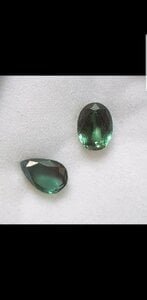

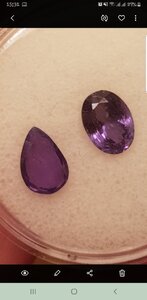
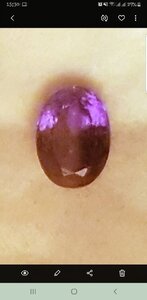




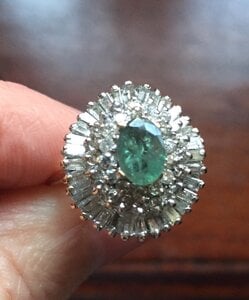
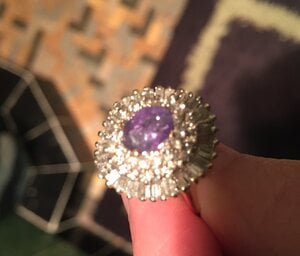
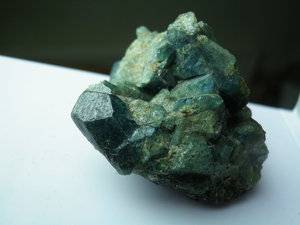


300x240.png)